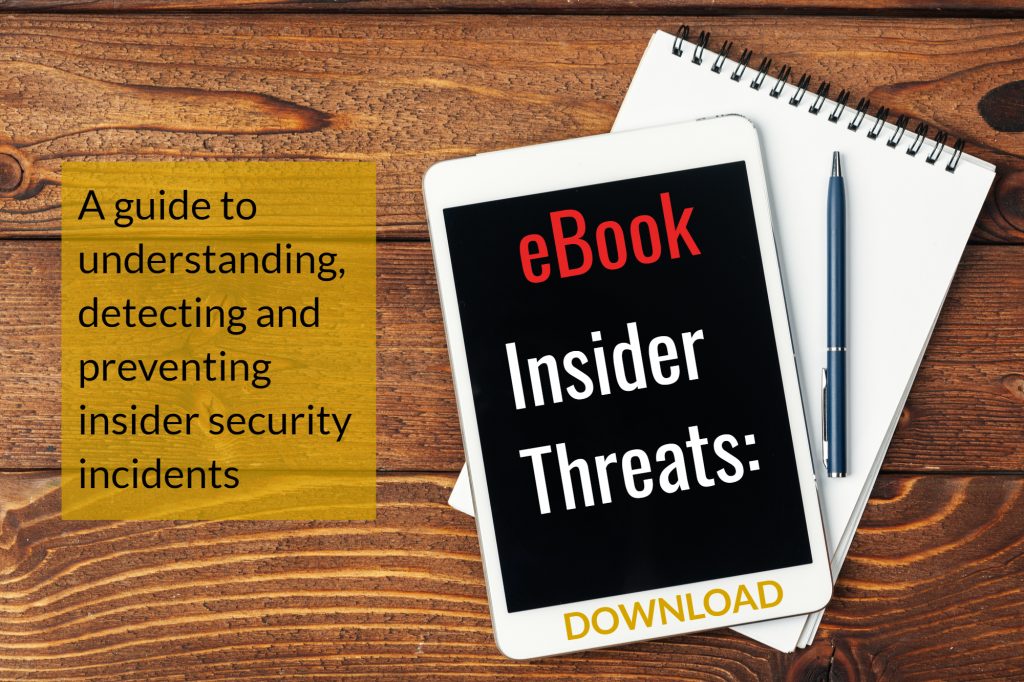Insider Cybersecurity Defense: 7 Easy Strategies to Implement Now
Who needs an insider cybersecurity defense action plan? The sad part is, over 50% of organizations don’t have an Insider Risk Response Plan and 40% don’t assess how effectively their technologies mitigate insider threats. Recent surveys show 59 percent of IT security leaders expect insider risks to increase in the next two year. Cloudz Biz discusses this with each of our customers.
With threats like these growing bigger by the minute, disaster could strike at any time. Just remember, you have an average time of 280 days to identify and contain a data breach. If a cybersecurity event takes that long to detect and mitigate, the potential damage to your business is quite high.
One key exercise before building your defenses for small businesses including manufacturers, document your assets and impact to the business. Know where your critical data lives.
Build a Robust Insider Cybersecurity Defense

As a business, you can undertake a list of actions to build an insider cybersecurity defense. The following actions can be implemented fairly quickly:
- Assessment and audit of all systems: Direct your IT team or a third party to assess and audit every system, data asset and user in order to identify insider threats and document it thoroughly for further action.
- Restriction of access and permission controls: Not every employee needs to have access to every piece of data. You must review and limit unnecessary user access privileges, permissions and rights.
- Mandatory security awareness training for all users: Every user on your network must be trained thoroughly on cyberthreats, especially insider threats, and on how to spot early warning signs exhibited by potential insider threats such as:
- Downloading or accessing substantial amounts of data
- Accessing sensitive data not associated with the employee’s job function or unique behavioral profile
- Raising multiple requests for access to resources not associated with the employee’s job function
- Attempting to bypass security controls and safeguards
- Violating corporate policies repeatedly
- Staying in office during off-hours unnecessarily
- Enforcement of strict password policies and procedures: You must implement and follow a strict password guidelines and ensure optimal password hygiene.
- Enhancement of user authentication: Deploy enhanced user authentication methods, such as two-factor authentication (2FA) and multi-factor authentication (MFA), to ensure only the right users access the right data securely.
- Determining ‘baseline’ user behavior: Know and understand normal behavior in order to create a ‘baseline’ of user behavior. Do not be counted among the 56 percent of security teams that lack historical context.
- Ongoing monitoring to detect anomalies: Put a strategy in place that measures and detects abnormal/anomalous behavior or actions based on ‘baseline’ behaviors and parameters.
Quick Tip: Bake security awareness training into your onboarding plan as well as annual training plans.
Understanding Insider Threats
You might ask, what is an insider threat?
An employee or contractor who unknowingly uses his/her authorized access to cause harm to your business is considered an insider threat. The Ponemon Institute’s Global Cost of Insider Threats Report 2020 lists three types of insider threats:
- A careless or negligent employee or contractor who unwittingly lets a hacker access your business’ network. Over 60 percent of incidents in 2020 were related to negligence.
- A criminal or malicious insider who abuses his or her privileged access to your business’ network to either steal or exfiltrate sensitive data for financial gain or plain old revenge. Criminal insiders were involved in 23 percent of breaches in 2020.
- A credential thief who poses as an employee or a contractor to gain access to sensitive data and then compromise the data for financial gain. Credential theft led to 14 percent of breaches in 2020.

Final Advice and Thoughts
Building an insider cybersecurity defense strategy can be a tough task for most businesses, irrespective of size. Unfortunately, the longer you wait, the greater the chance of a security lapse costing your business its entire future.
Another great follow up article along these lines is what we wrote about 7 inbox dangers increase business risk. Danger #6 is insider threats.
However, you certainly shouldn’t hesitate to ask for help. The right MSP partner can help you assess your current security posture, determine potential insider threats to your business, fortify your cybersecurity infrastructure and secure your business-critical data.
It may seem like a tedious process, but that’s why we’re here to take all the hassle way and ensure your peace of mind remains intact throughout this fight. All you have to do is shoot us an email and we’ll take it from there.
Article curated and used by permission.
Data Sources:
- Ponemon Data Exposure Report 2021 by Code42
- Ponemon Cost of a Data Breach 2020 Report 2020
- https://www.ekransystem.com/en/blog/real-life-examples-insider-threat-caused-breaches
- https://northyorkshire.police.uk/news/businesswoman-sentenced/
- https://www.ekransystem.com/en/blog/real-life-examples-insider-threat-caused-breaches


Recent Comments